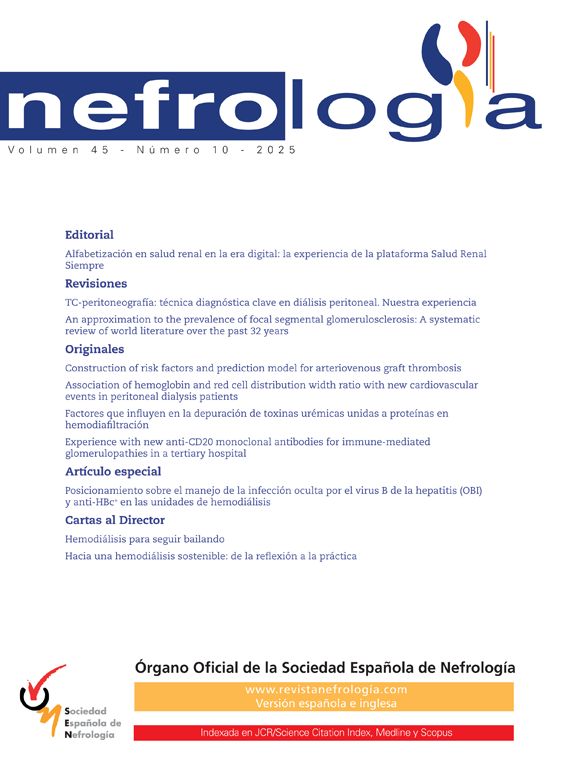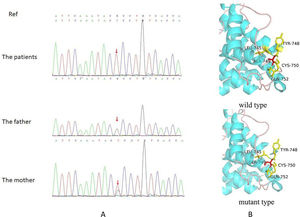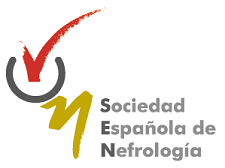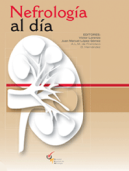Dent disease is a rare X-linked recessive renal tubulopathy that manifests in childhood or early adulthood and commonly leads to end-stage renal disease (ESRD).1 It is classified as either type 1 or type 2 Dent disease, based on mutations in the CLCN5 or OCRL1 genes, respectively.2 Both types have similar clinical manifestations which primarily include nephrocalcinosis, calcium nephrolithiasis, hypercalciuria, low-molecular-weight (LMW) proteinuria, glycosuria, and other tubular dysfunctions.1,2 Among all cases of Dent disease, Dent disease 2 induced by OCRL gene mutations is even rarer.3,4 The cause of kidney failure in Dent disease is not fully understood, some researchers believe kidney calcification5 or nephrolithiasis6 is the main reason and it is scarcely possible for patients to reverse the outcome when Dent disease 2 is identified. Without genetic tests it is quite difficult to identify type 1 and 2 Dent disease on the basis of clinical features only.
We present a family of two brothers (20 and 15 years old respectively) who were diagnosed with type 2 Dent disease. A rare missense mutation in the OCRL gene (c.2245G>T, (p.A749S)), inherited from their mother, was identified. They both received kidney transplantation (one kidney from donation after citizen's deceased, the other from his mother) in our transplant center and no recurrence was revealed after a long-term follow-up. Genetic screening in the patients’ family for inherited diseases was performed. We identified a hemizygous missense variant (c.2245G>T, (p.A749S)) of X-linked OCRL. The mutation was inherited from his healthy mother (Fig. 1A). This variant has been reported in the literature in individuals with type 2 Dent disease.7 Superimposition of the OCRL (p.A749S) protein was achieved using SWISS-MODEL and visualized using PyMOL (Fig. 1B). After alanine being replaced by serine (c.2245G>T, (p.A749S), see Fig. 1B), the hydrogen bond (green dotted line) does not change, but amino acids containing non-polar and hydrophobic R groups become amino acids containing polar and neutral R groups.
No result of pathogenicity analysis is reported yet in the ClinVar database. This mutation was inherited from the patients’ mother, who did not exhibit nephropathy, leading us to perform a relative kidney transplantation for one of the patients. Both kidney transplant recipients are currently maintaining good kidney function. We confirmed the definitive efficacy of kidney transplantation in treating ESDR patients caused by Dent disease 2. Our study could provide insights into the pathogenesis of Dent 2 nephropathy and further contribute to the treatment of the disease.
Patient consentWritten patient consent was obtained prior to publication of this manuscript.
Conflict of interestNo conflict of interest needs to be declared by the authors.
This study was supported by Shandong Provincial Natural Science Foundation (ZR2022QH356, ZR2022QH319), the National Natural Science Foundation (82400155), and the Youth Science Foundation of Shandong First Medical University (Shandong Academy of Medical Sciences) (202201-085). Projects from Research Hospital Association of Shandong Province (2022011).








